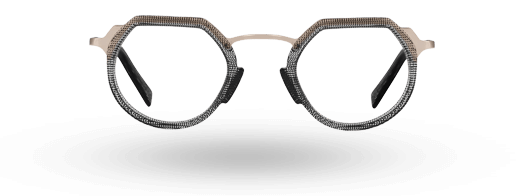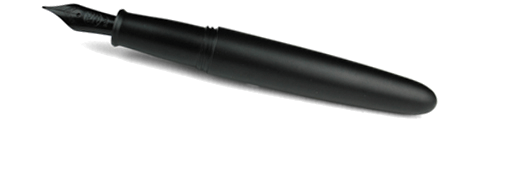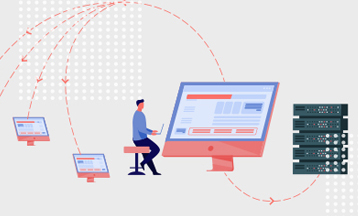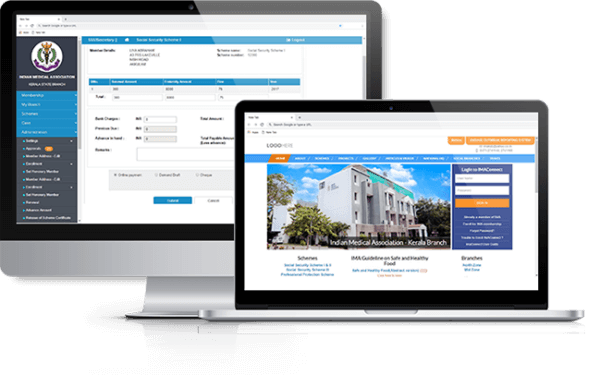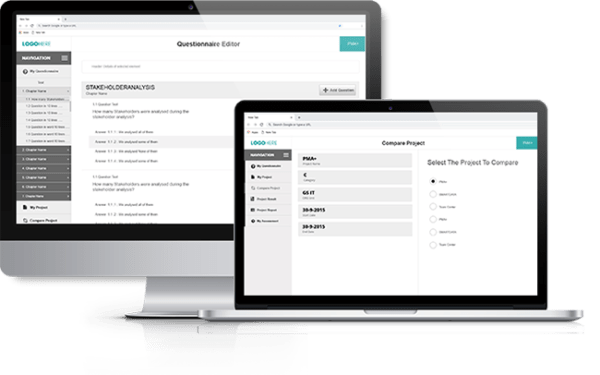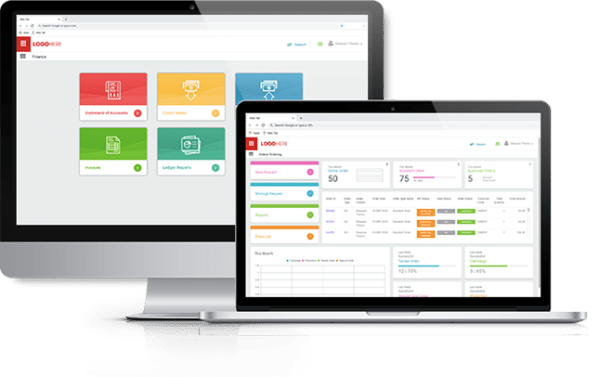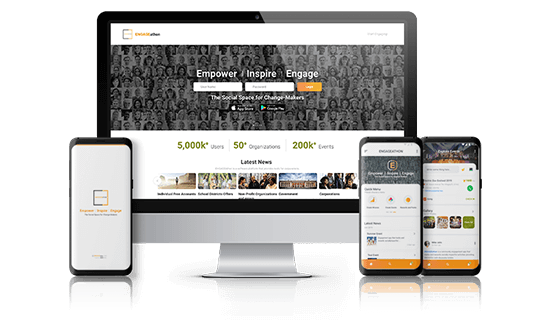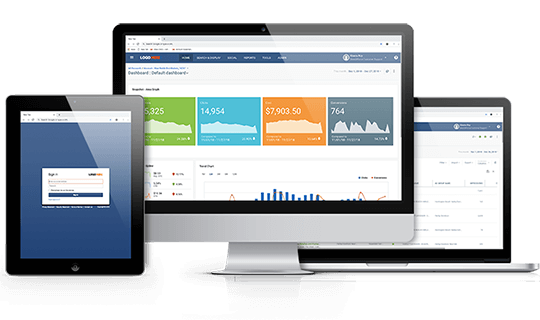In the realm of UI/UX design, the interplay between business objectives and user-centricity often raises ethical considerations. Crafting interfaces that prioritize user well-being while fulfilling business goals requires a delicate balance. Achieving this equilibrium not only shapes user experiences but also defines the ethical footprint of a brand. Let’s explore the critical facets of ethics in UI/UX design and how to navigate the fine line between profitability and user welfare.
The Primacy of User-Centricity
Ethical UI/UX design begins with a deep commitment to user well-being. It involves understanding users’ needs, behaviors, and limitations to create interfaces that serve them ethically. Upholding transparency, privacy, and accessibility are fundamental pillars. Ethical designs prioritize user consent, safeguard sensitive data, and ensure inclusivity for all users, irrespective of their abilities. At the core of user-centric design is a profound understanding of user needs. Designers employ various research methodologies such as user interviews, surveys, personas, and usability testing to gain insights into user behaviors, pain points, and aspirations. This data-driven approach helps in creating interfaces that cater specifically to user requirements. Empathy forms the cornerstone of user-centric design. By putting themselves in the shoes of the users, designers can comprehend their emotions, motivations, and frustrations. This empathetic understanding allows for the creation of interfaces that resonate with users on an emotional level, leading to more meaningful and engaging experiences. User-centricity thrives on iteration and continuous improvement. Designers create prototypes and gather user feedback at different stages of the design process, enabling refinement based on real user interactions. This iterative approach ensures that the final product aligns closely with user expectations and preferences. An essential aspect of user-centric design involves ensuring accessibility and inclusivity for all users, regardless of their abilities or limitations. Designers prioritize creating interfaces that are easy to navigate, understand, and interact with, catering to a diverse user base and adhering to accessibility standards. Human-centered design principles guide the development of user-centric interfaces. These principles emphasize the importance of user involvement, iteration, holistic thinking, and a focus on the end-user throughout the design process. By adhering to these principles, designers create solutions that genuinely address user needs. In the realm of user-centricity, success metrics revolve around user satisfaction and usability rather than just meeting business goals. Key performance indicators (KPIs) focus on factors like user engagement, task success rates, and overall user feedback, reflecting the effectiveness of the design from the user’s perspective.
Aligning Business Goals with Ethical Design
While businesses seek growth and profitability, ethical UI/UX design emphasizes long-term relationships over short-term gains. By aligning business objectives with ethical principles, companies can foster trust, brand loyalty, and positive user experiences. Ethical design harmonizes and supports overarching business objectives. Balancing ethical considerations with business goals is pivotal to ensure sustainable growth, brand integrity, and positive user experiences. Ethical design flourishes when it aligns seamlessly with the broader ethical business objectives. These objectives encompass maintaining trust, fostering long-term relationships with customers, and upholding the integrity and reputation of the brand. User-centric design isn’t just an ethical choice but also a strategic one. Satisfied users tend to become loyal customers, driving profitability through repeat business and positive word-of-mouth recommendations. Therefore, aligning business goals with user-centric design creates a win-win situation for both users and the company. Ethical UI/UX design prioritizes long-term value creation over short-term gains. While certain design choices might yield immediate benefits, such as nudging users towards a purchase, ethical considerations emphasize sustainable engagement and relationship-building rather than transactional interactions. Ethical design practices significantly contribute to building and maintaining a brand’s reputation. Users value brands that prioritize their well-being and show a commitment to ethical practices. Such trust and goodwill fostered through ethical design can have a substantial impact on brand loyalty and positive market perception. Innovative, ethical design can set a brand apart in a competitive landscape. Companies that innovate ethically often attract attention and admiration for their commitment to user welfare. Ethical design choices can serve as a unique selling point, differentiating the brand from competitors.
The Ethical Challenges
Ethical dilemmas often arise in the pursuit of meeting business targets and user needs. Dark patterns, such as manipulative design tactics to influence user behavior, represent one such challenge. Designers walk a fine line between encouraging desired actions and respecting user autonomy, steering clear of coercive tactics that compromise user trust. Dark patterns refer to design tactics intentionally crafted to manipulate users into taking actions that benefit the business but may not align with user interests. These deceptive patterns exploit cognitive biases or create misleading interfaces to influence user behavior. Designers face dilemmas when pressured to implement manipulative strategies that compromise user autonomy and trust for short-term gains. Balancing persuasive design with ethical considerations becomes crucial. Ethical concerns arise regarding the collection, storage, and use of user data. Invasive data collection practices or inadequate security measures can infringe upon user privacy, leading to potential misuse or breaches. Designers grapple with ethical decisions surrounding the extent of data collection, transparency in data usage, and implementing robust security measures while still fulfilling business needs for user analytics and personalization.
Ethical Guidelines and Best Practices
Establishing clear ethical guidelines is pivotal. Design teams should operate with ethical frameworks that emphasize user empowerment, informed decision-making, and respect for user privacy. Regular ethical audits and compliance checks can ensure designs align with these principles.
Case Studies: Balancing Ethics and Business Success
Several companies have navigated the ethics of UI/UX design effectively. For instance, Apple’s commitment to user privacy, evident in their stringent data protection measures, has garnered trust and loyalty. Similarly, Google’s Material Design principles prioritize user intuition while aligning with business objectives.
Future Perspectives: Evolving Ethical Standards
As technology evolves, ethical considerations in UI/UX design will continue to evolve. AI-driven personalization, ethical use of data, and designing for mental health and well-being will likely become focal points. Designers must adapt and innovate ethically, keeping user welfare at the forefront. As AI and automation continue to play a significant role in UI/UX, ethical considerations surrounding their use will evolve. Designers will need to ensure that AI-driven interfaces maintain transparency, avoid biases, and prioritize user well-being. Ethical AI will demand the development of frameworks to govern fair and unbiased algorithms, enabling designers to create AI-powered experiences that respect user privacy, uphold inclusivity, and minimize unintended consequences. The future of ethical standards in UI/UX design will demand continuous evolution and adaptation. Designers must proactively engage with emerging trends, technologies, and societal expectations, placing user welfare at the forefront while embracing responsible and ethical design practices.
Ethical UI/UX design is a continuous journey, requiring a harmonious blend of business aspirations and user advocacy. Achieving this balance fosters trust, credibility, and long-term success. By prioritizing user well-being while meeting business objectives, ethical design not only enriches user experiences but also shapes a brighter, more sustainable future for digital interactions. Connect with https://www.zinemind.com/ to learn more about Ethics in UI/UX: Striking a Balance Between Business Goals and User Well-being.

